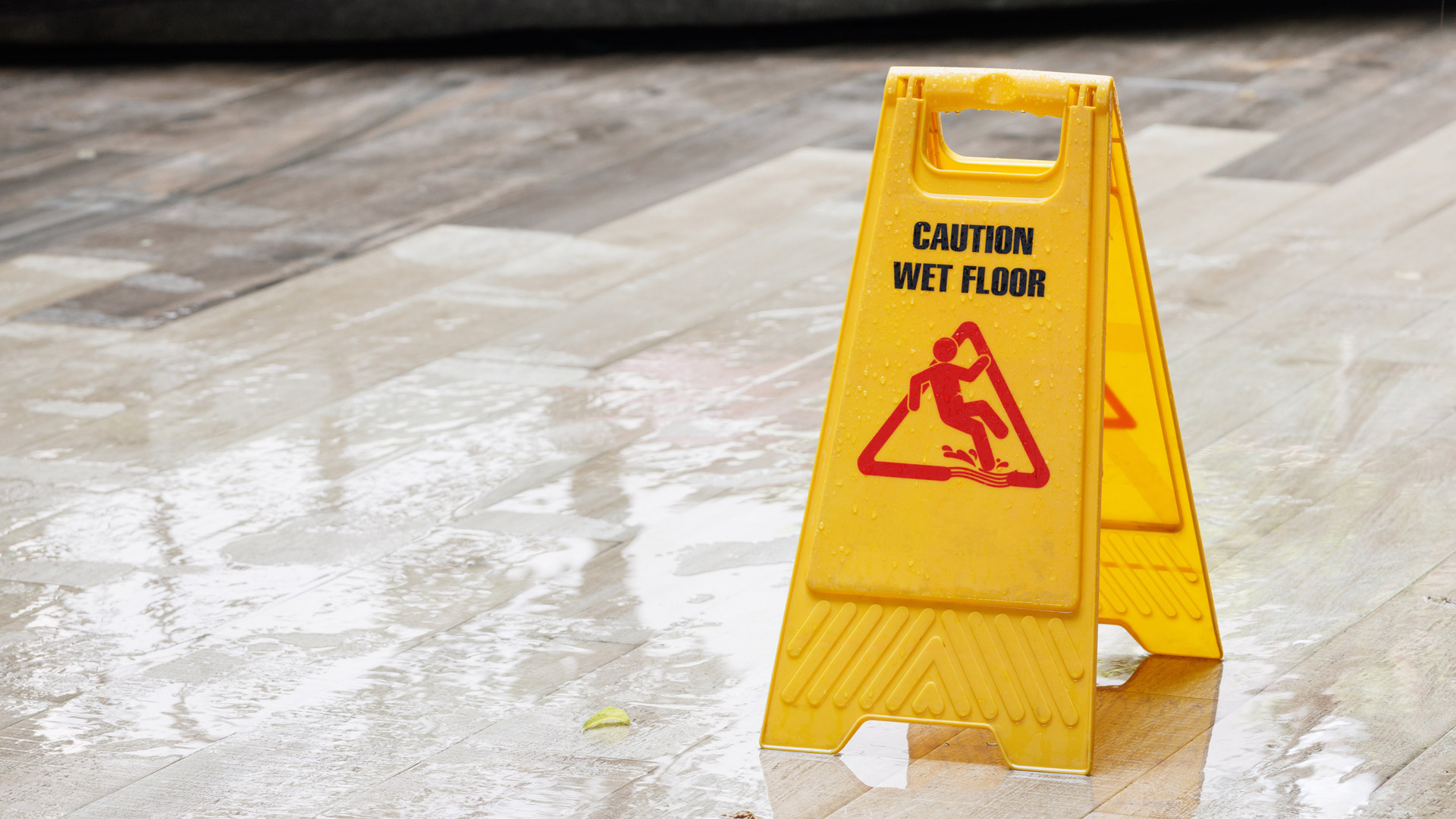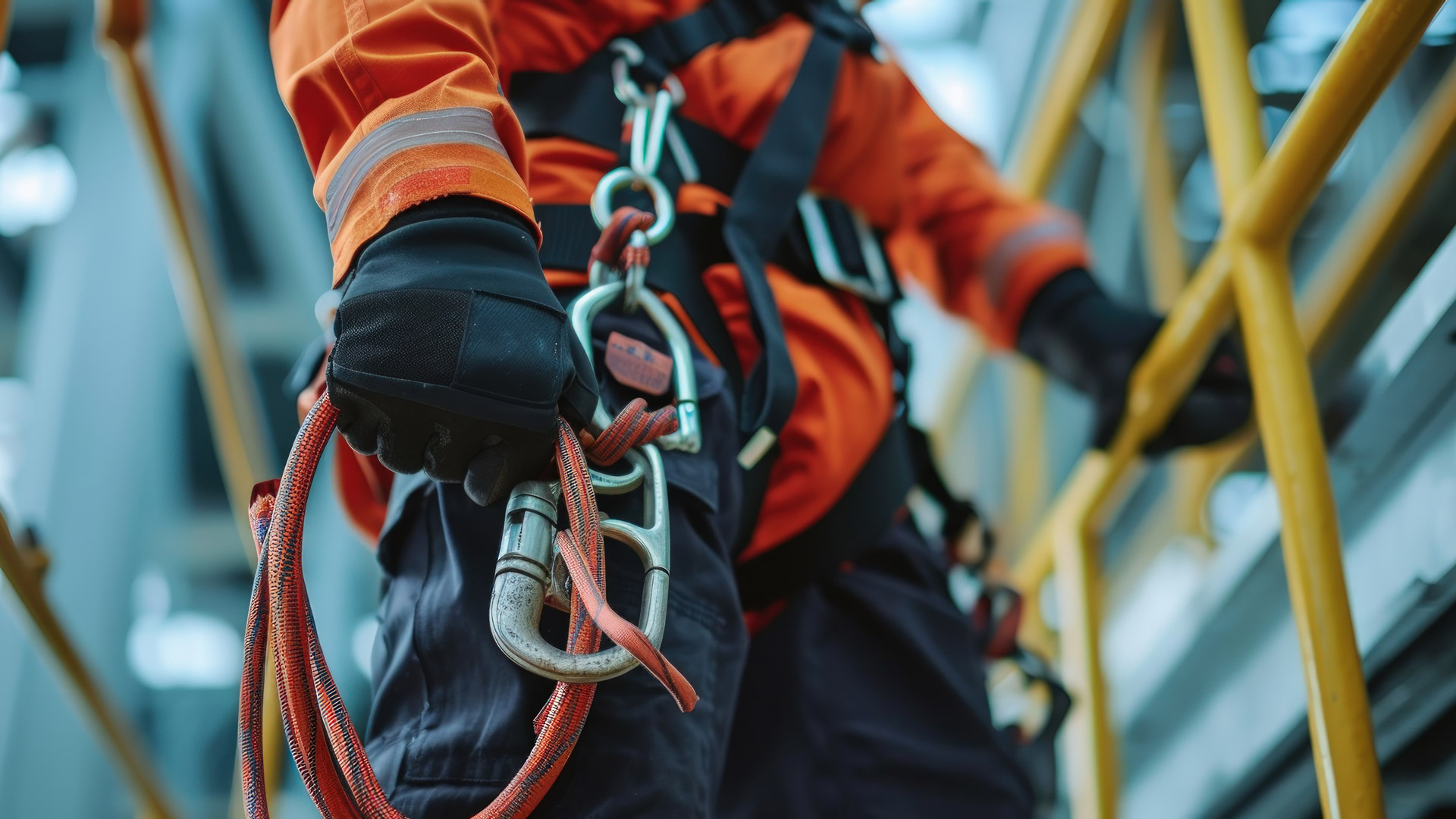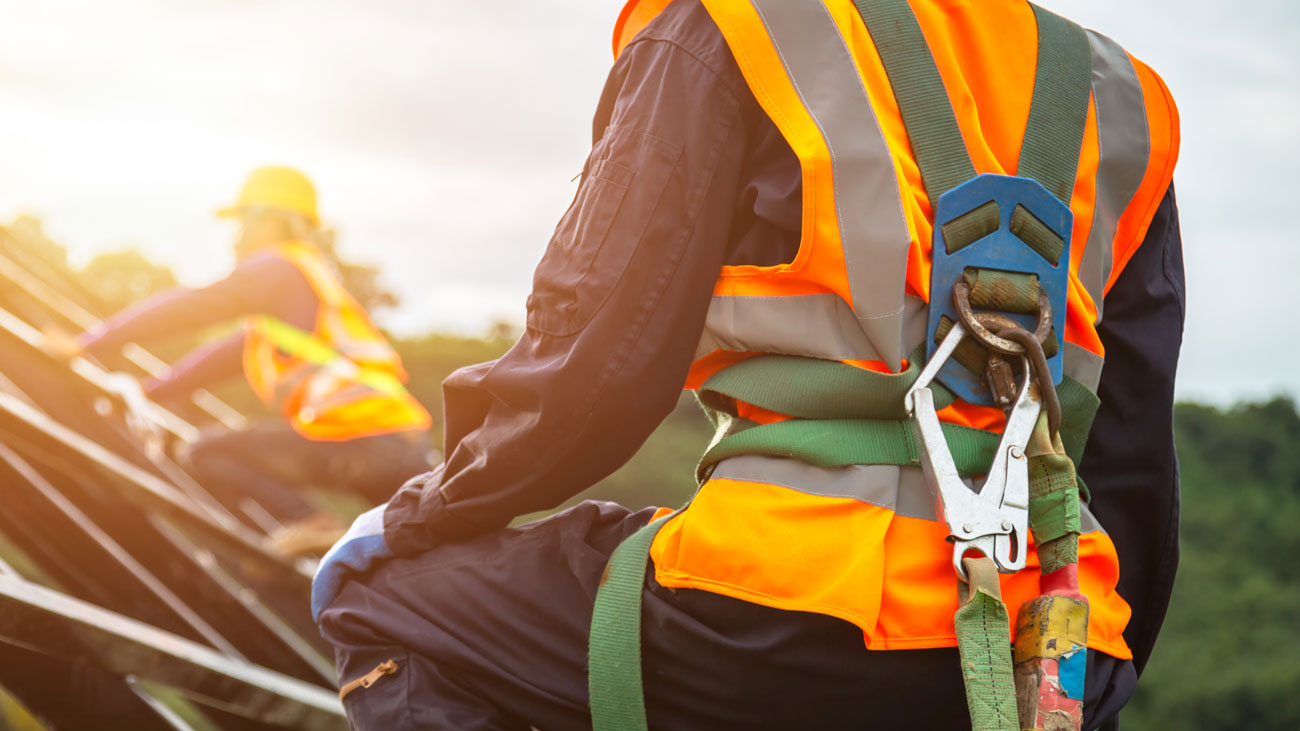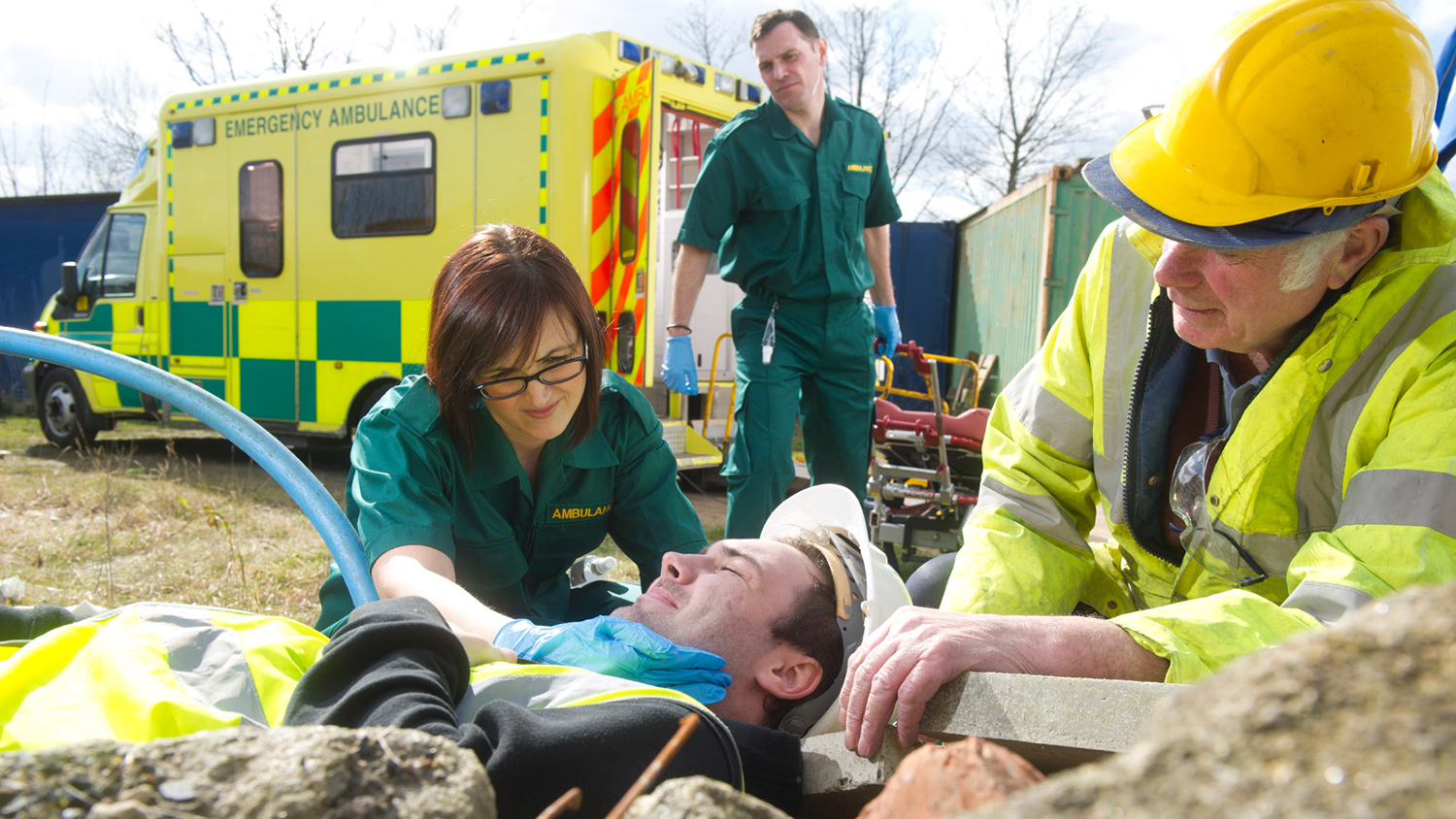A recent case involving the death of a young girl who fell from a ride at a theme park has highlighted the importance of reporting and investigating ‘near misses’.
Eleven-year-old Evha Jannath was on the Splash Canyon rapids ride at Drayton Manor during a school trip in May 2017 when she was "propelled" into the water. Evha, who could not swim, fell from the boat at the park in Tamworth, Staffordshire, when it hit a barrier.
In 2019 an inquest jury concluded she died accidentally. During sentencing at Stafford Crown Court in March, the former operator of the theme park was fined £1m; however, Mr Justice Spencer said there was "no prospect of the fine being paid" given the company operating the park at the time had since gone into administration.
Drayton Manor Park Ltd previously admitted a breach under Section 3 of the Health and Safety at Work Act, after the Health and Safety Executive (HSE) brought the prosecution.
The park had a history of failings on the same ride before the death of Evha, the court was told during the two-day hearing. Between 2011 and 2013, park records show there were four instances of people falling into the water at the ride before it was closed following Evha's death.
One of the incidents was in 2013, when ten-year-old Patrick Treacy fell into the Splash Canyon attraction and had to be rescued by a member of the public.
Fortunately, he was saved, but it’s clear that lessons weren’t learnt or action taken in reaction to this and other near misses, that could have prevented the tragic death of Evha.
What is a near miss?
The HSE defines a near miss as “an event that, while not causing harm, has the potential to cause injury or ill health”.
In plain English, near misses are incidents in which someone might have been hurt if the circumstances had only been slightly different.
Says Nick Wilson, Director of Health and Safety Services at law firm Ellis Whittam:
“You might be tempted to ignore near misses, but it’s vital that you don’t just brush them off. Just because it was a near miss this time, doesn’t mean it will be the next time. A near miss should be treated as warning of an accident in the making and an opportunity to assess your hazard control measures. By acknowledging the warning and looking for the near miss’s causes, you can prevent the situation recurring. Near misses can also help expose less obvious hazards in your workplace.”
Wilson advises that near misses must be considered warnings that something isn’t working and they enable you to learn lessons before a serious incident occurs. As such, it’s important that they are reported so that you can deal with the hazard before anyone does get hurt.
The HSE estimates that there are around 90 near misses for every accident that occurs at work. Says Wilson:
"With this in mind, if you wait for that accident to occur before taking steps to prevent it, you are taking a reactive approach to workplace safety, when you should be taking proactive measures to keep risk to a minimum.
“Be proactive by actively encouraging your employees to report near misses. Use the information gleaned from these ‘almost’ incidents to review your risk assessments and control measures. In so doing, you can prevent accidents before they occur.”
Read Ellis Whittam’s full guidance on near misses here.
HSE has published a book on recording and reporting near misses at work, which can be purchased here.
You may also be interested in
RELATED CONTENT
RELATED COURSES

The Emergency first aid course offers learners the skills and knowledge to deal with emergency first aid situations at work.

The Slips, trips and falls course explains the measures that can be implemented to prevent slips, trips and falls in the workplace.

Introduction to health and safety gives learners a basic introduction to managing safety in their workplace.

The Working at height course helps learners understand the dangers associated with working at height and ways to control the risks

The Access Industry Forum (AIF), the forum that represents the principal work at height trade associations and federations, is calling for clearer rep...

New IOSH President Stuart Hughes is calling on the profession to challenge itself to develop new ways of tackling the “unacceptably high” number of wo...

You may not realise it but there’s no legal duty on an employer to carry out an investigation into an incident in the workplace. But, says law firm rr...

Employers are increasingly likely to go unpunished after workplace accidents it seems, as research by Prospect Union reveals the number of investigati...